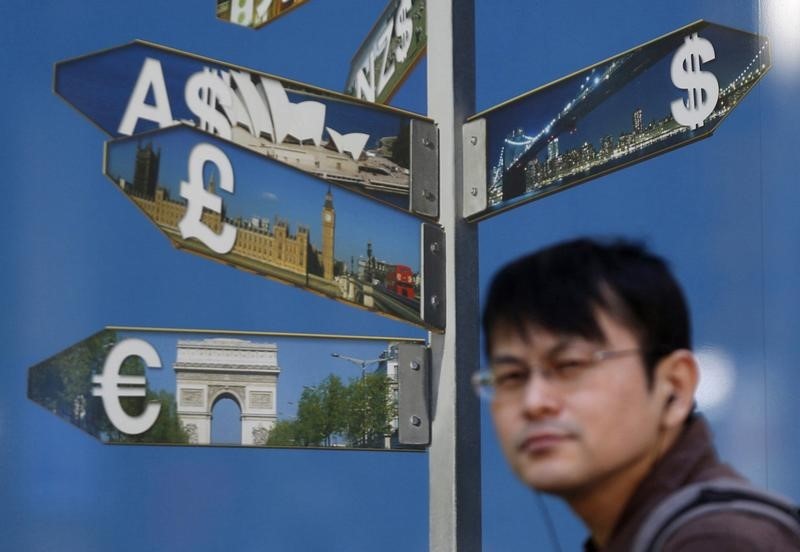Argentina’s Black Market Peso Hits Record Low Amid Widening Gap
Black Market Exchange Rate Hits Record Low
Argentina’s black market peso exchange rate weakened a sharp 5.6% on Wednesday to a record low of 1,250 per dollar, with its gap to the official rate widening above 50%, underscoring renewed pressure on the embattled currency. This steep decline reflects the challenges facing the country’s currency and economy.
High Inflation and Devalued Peso
The South American country is battling inflation over 200%, which saps savings and makes peso assets less attractive. The official peso exchange rate near 819 pesos per dollar, devalued sharply last month, is propped up by strict capital controls. This devaluation has significant implications for the country’s economic stability and the purchasing power of its citizens.
Challenges with Official Exchange Rate
Analysts said that a crawling peg that sees the peso weakened officially some 2% each month was not enough to keep up with the high inflation, causing the exchange rate gap to widen, even if remains far narrower than before December’s devaluation. This discrepancy in the exchange rate poses a significant challenge for the country’s financial and economic policies.
Pressure on Peso from Parallel Currency Markets
A move to allow importers to settle newly-issued Bopreal bonds via parallel currency markets to access foreign currency also put pressure on the peso, traders said. This development adds another layer of complexity to the country’s currency and financial markets, impacting various stakeholders and economic sectors.
President’s Efforts to Tackle Economic Crisis
Argentina’s new libertarian President Javier Milei, currently in Davos, is battling to fix the country’s worst economic crisis in decades, with triple digit inflation, foreign currency reserves running dry and a looming recession. The president’s efforts and strategies have significant implications for the country’s economic future and the well-being of its citizens.
History of Parallel Exchange Rates
The grains producing country has had multiple parallel exchange rates since 2019 when currency controls were imposed to try to halt a flight from the peso and preserve the supply of dollars. The gap has been as wide as 200% in the last year. This historical context sheds light on the ongoing challenges faced by the country’s currency and financial systems.



